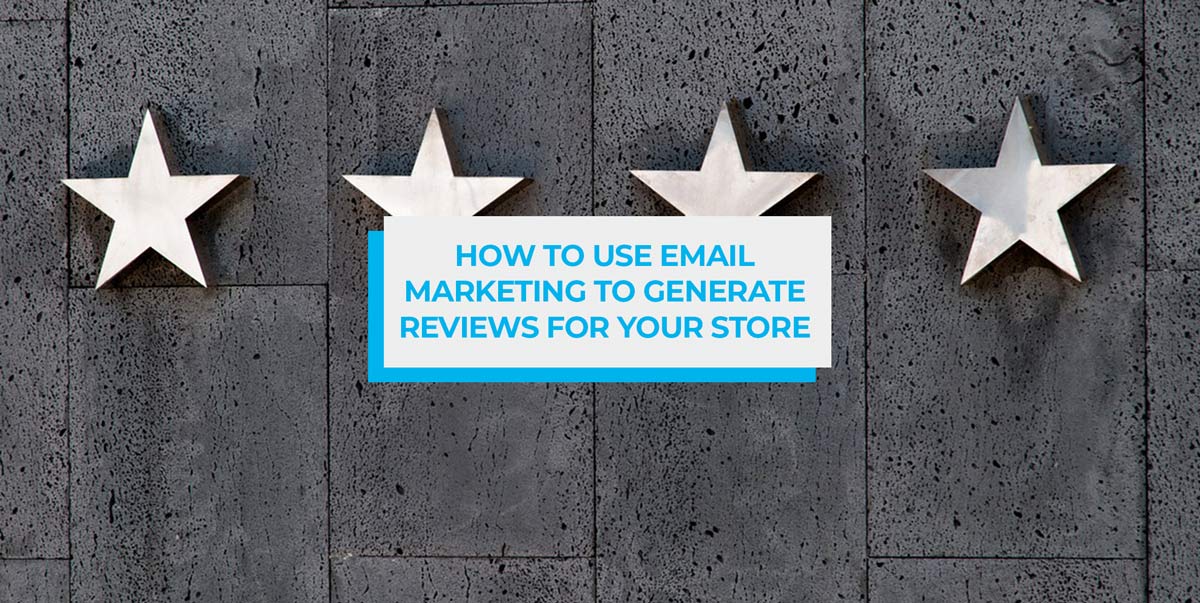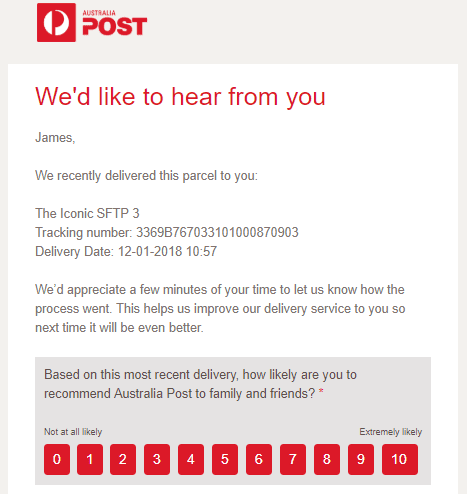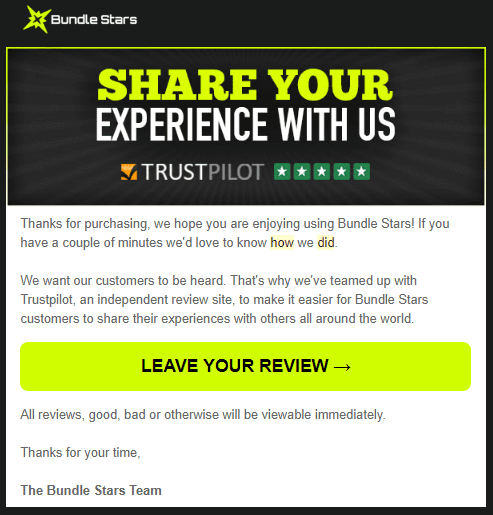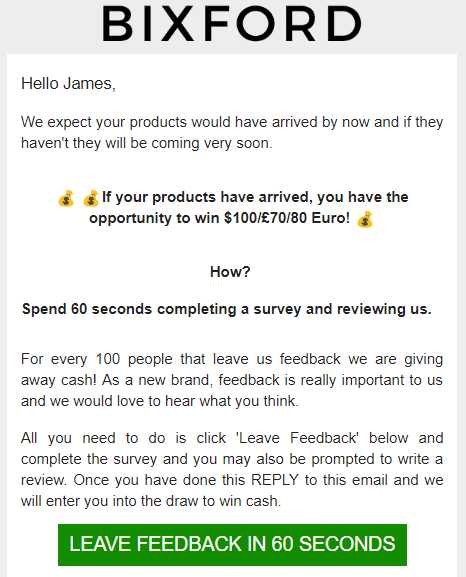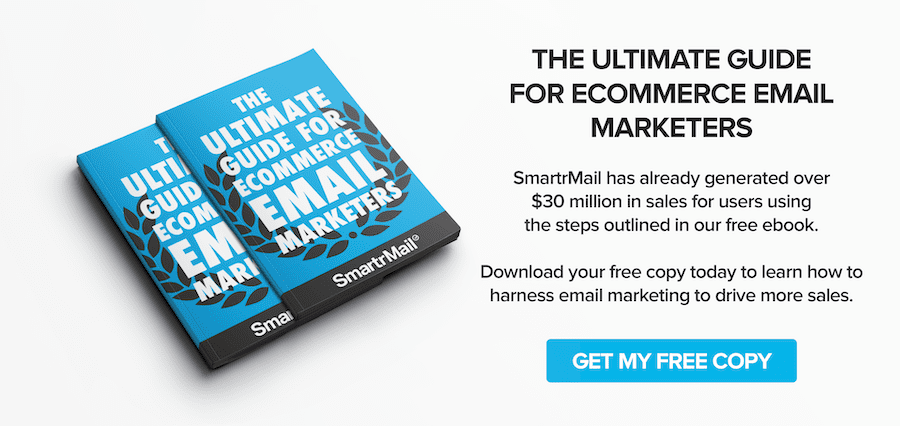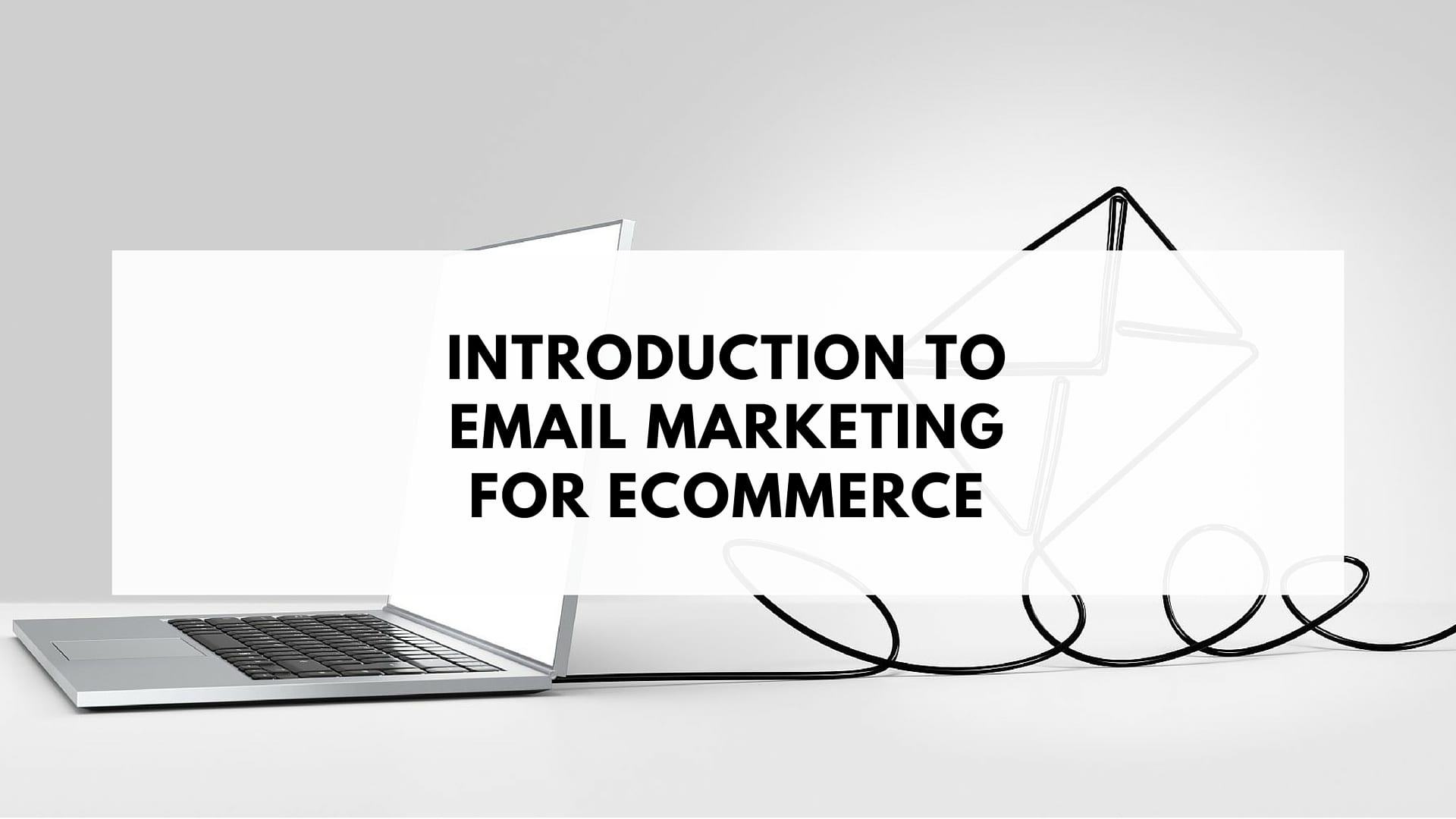No-one trusts an eCommerce store with zero reviews. That’s not to say that your store needs to have a perfect 5-star record – research suggests that up to 95% of people suspect censorship or fake reviews on a perfect score. The best review record that your store can have is an average rating close to 5-star, ranked by as many people as possible.
Unfortunately, the majority of your customers are unlikely to leave a review of your business unless they have an exceptionally good (or bad!) experience. Even then, confusing layouts and mistimed follow-ups can dissuade a customer with a positive experience from letting others know about it. This article will hopefully give you all the tips and tricks required to not only boost the reviews you’re currently receiving, but also optimise the process of leaving a review to encourage those who currently aren’t leaving one.
Can Email Marketing really help me get better reviews?
Yes.
As I mentioned before, a lack of reviews suggests that a business is either new, or worse, insignificant. A slew of bad reviews will result in lost business, and has the potential to prevent would-be customers from even trying the business for themselves. Meanwhile, an impressive track record will put customers at ease.
Hopefully by now your business is already benefiting from the consistent returns of email marketing. If not, SmartrMail has more than enough content to give you ideas on everything from email automation to building your social media following through your mailing list. But even if you do know your way around the platform, something you might not be aware of is that email is arguably one of the best methods of getting customers to review their experience.
When sending an email out to customers or prospects, it is important to concentrate on one goal. In this instance, the entire email you are sending should be centred around trying to get the customer to leave a review. Whilst you can try to add a throwaway line or two at the bottom of regular promotional emails, you will have far better success rates (and not dilute your product emails) if you separate the two.
When is the best time to follow up?
Following up with your customer too early will annoy them considering they haven’t yet received the product they ordered. Alternatively, following up too late will result in the recipient considering the email spam, as their interest in the product has more than likely waned since the purchase period.
The best time to follow up also depends on what you want customers to review you on. If you have a store where the product is given to the customer instantly (such as selling software), gently providing a pop-up or avenue by which the customer could leave a review of the service is probably all you will need. If you have an eCommerce store that relies on mailing the products to customers, then I recommend emailing as soon after a product is delivered as possible, without the possibility of the email arriving before the package. Ideally, setting up an automation email that coincides with the delivery service’s notifications would result in the optimal send time.
Real-World Examples
I know from personal experience that the only time I leave a review is from an extraordinary experience (positive or negative), or when I am prompted to. The best emails that ask for feedback or reviews are sleek, to the point, and unobtrusive. To better explain what works for me, I’ve included a few examples that you can draw upon.
Australia Post Parcel Follow-Up
This email works for me because it is short, sharp, and to the point. It reminds me that I recently received a package from Australia Post, and gives me a reason why it’s worth my time to review the service. In addition, there is no external link to a more complicated review – rather, I can click one of the numbers 0 – 10 and move on with my day.
2. Bundle Stars Experience Review
Like the Australia Post email, this email explains its reasoning for conducting the review and even adds legitimacy with its partnership with ‘Trustpilot’. While I am admittedly somewhat less likely to leave a review due to the fact that it involves a process beyond my emails, I am still much more likely to leave a review than had I never received the email.
3. Bixford Feedback
This email differs from the other two as it provides an actual incentive for leaving feedback. While this method can easily come off tacky without proper consideration, there is no denying that customers are more likely to leave a review when they have a financial incentive for doing so. Other points to consider in this email are the fact that they mentioned that they were a young brand (and thus the need for feedback is extra important), and that it only takes a specific amount of time.
Conclusions
Hopefully by now you can see the value in using email marketing to get customers to give reviews for your eCommerce store. Whether or not those reviews are positive will depend on how gentle and enticing you make the review process, as well as the actual purchasing experience itself!
Email marketing has more uses beyond just sending newsletters to your mailing list, and failing to take advantage of this can put you on the back foot before you’ve gotten off the ground.

